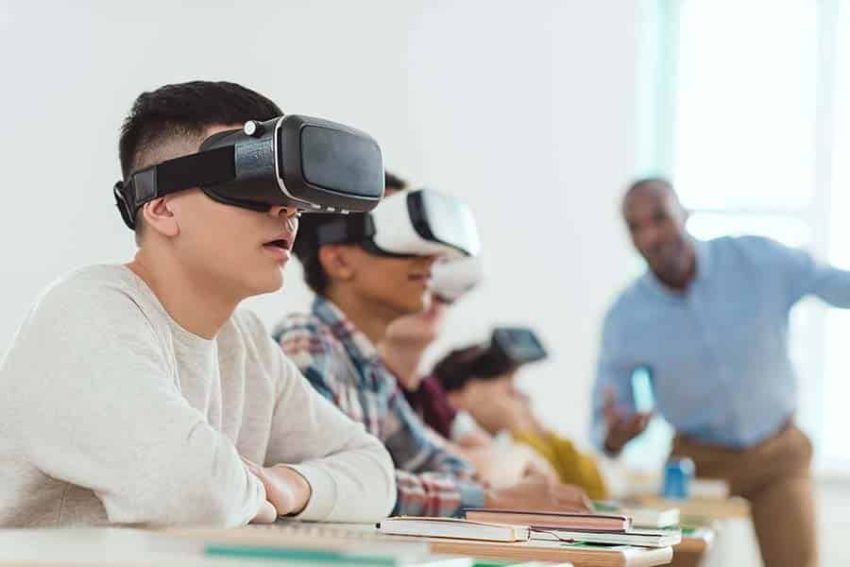Augmented Reality (AR) has been making waves in the tech industry for its ability to superimpose digital information onto the physical world. While AR is commonly associated with gaming and entertainment, its applications in education are vast and promising. By integrating AR technology into classrooms, educators can enhance the learning experience and make complex concepts more engaging and easier to understand.
Enhancing Classroom Learning with AR
One of the key benefits of using AR in education is its ability to bring learning to life. By overlaying digital content onto physical objects, students can visualize concepts in 3D, making abstract ideas more tangible and easier to comprehend. For example, students studying anatomy can use AR apps to explore the human body in detail, with interactive features that allow them to zoom in on specific organs or systems.
Additionally, AR can be used to create immersive learning experiences that cater to different learning styles. Visual learners can benefit from seeing interactive graphics and models, while auditory learners can engage with audio explanations and narration. This personalized approach to learning can help students retain information better and stay more engaged in the material.
Interactive Experiments and Simulations
AR can also be used to simulate real-world scenarios and conduct interactive experiments. For example, physics students can use AR apps to visualize the principles of motion and gravity by interacting with virtual objects and observing their behavior in a controlled environment. This hands-on approach allows students to experiment and learn through trial and error, fostering a deeper understanding of the concepts at hand.
Furthermore, AR can be used to create collaborative learning experiences, where students can work together on projects and solve problems in real-time. By sharing a common AR environment, students can communicate and interact with each other while exploring complex concepts and brainstorming solutions. This collaborative approach encourages teamwork and communication skills, which are essential for success in today’s interconnected world.
Engaging and Motivating Students
Another advantage of using AR in education is its ability to engage and motivate students. By integrating interactive elements and gamification features into learning experiences, educators can make lessons more fun and engaging, encouraging students to stay focused and participate actively in the learning process. AR can also provide instant feedback on students’ progress, helping them track their performance and identify areas for improvement.
Overall, leveraging AR for educational purposes can revolutionize the way students learn and interact with information. By creating immersive and interactive learning experiences, educators can empower students to explore and discover new concepts in a dynamic and engaging way. As technology continues to advance, the possibilities for integrating AR into education are endless, offering a glimpse into the future of learning.
So, embrace the power of AR and transform your classroom into an interactive learning environment that inspires curiosity, creativity, and a love for learning.

